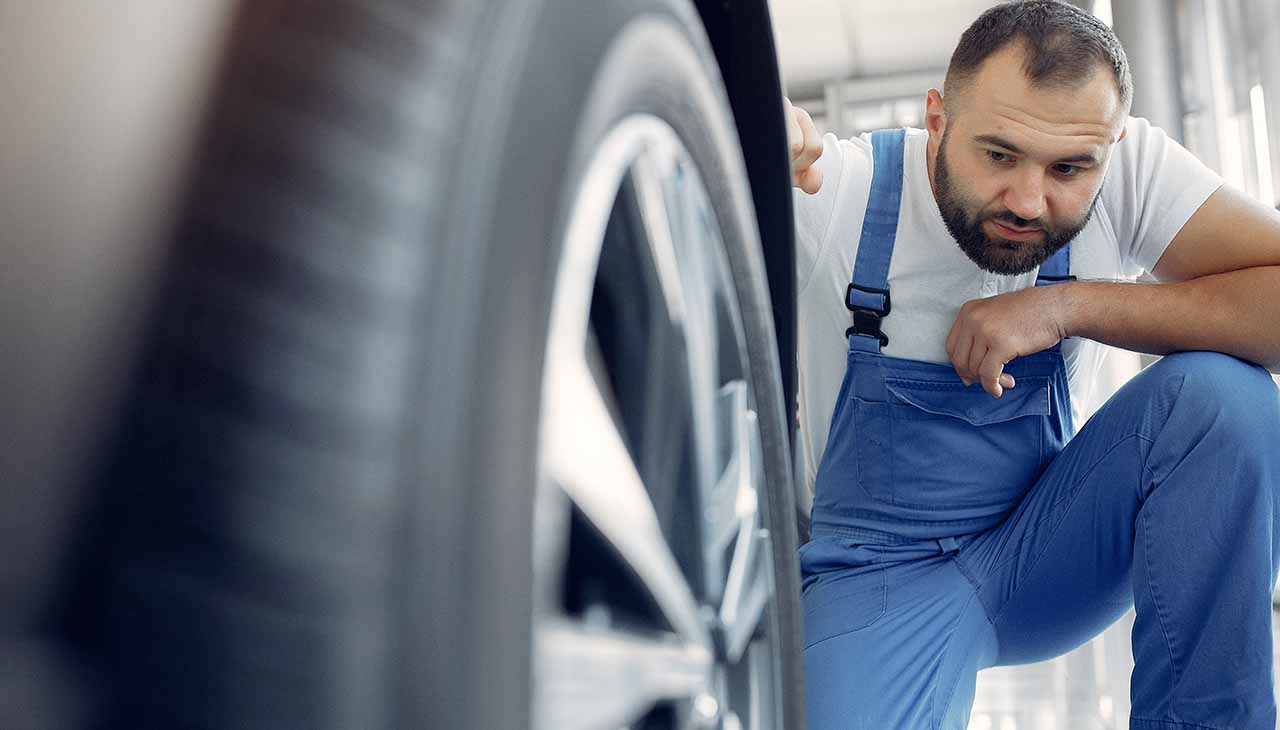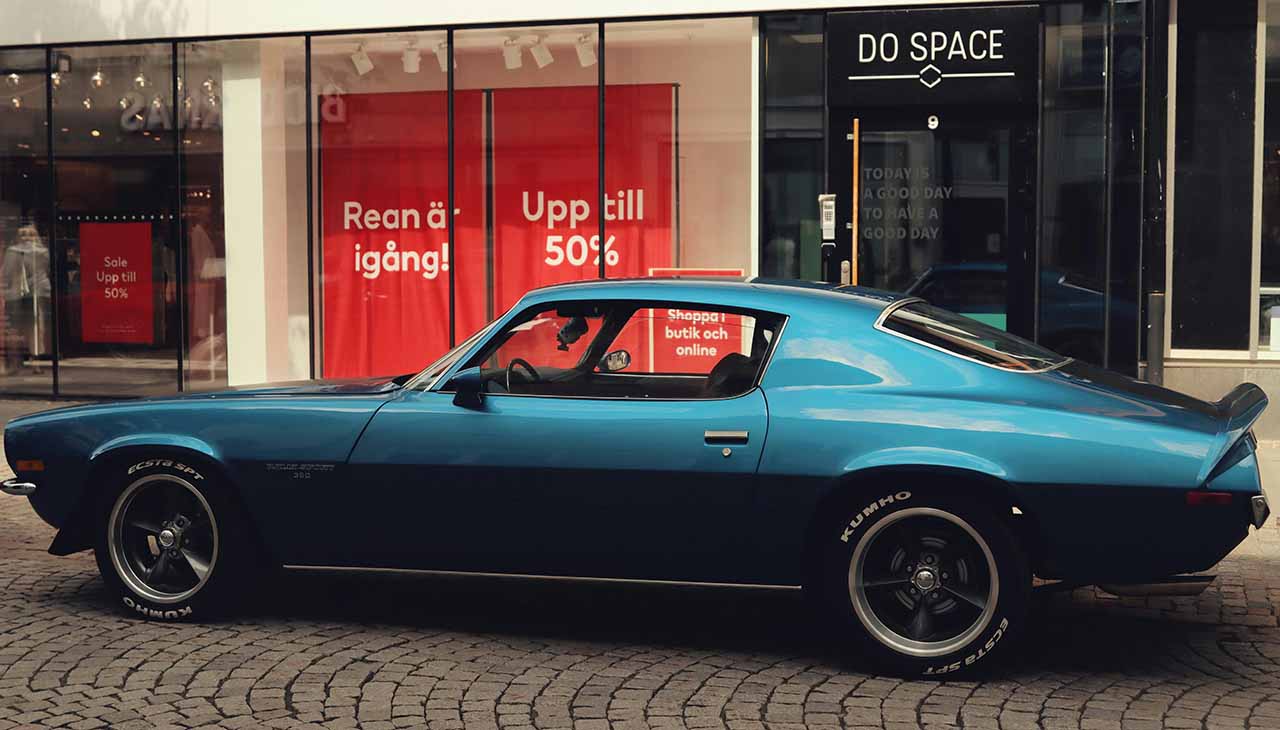Owning a classic car is a dream come true for many. These vintage beauties represent a bygone era of craftsmanship, power, and style. However, maintaining a classic car requires more than just passion—it calls for dedication, regular checks, and proper upkeep. In this guide, we’ll explore the essentials of keeping your classic car in prime condition, ensuring it remains a treasure for years to come.
The Beauty and Responsibility of Owning a Classic Car
Classic cars are not just vehicles; they are rolling pieces of history. They turn heads, spark conversations, and, most importantly, hold a sentimental value that newer models simply cannot match. But with great beauty comes great responsibility. Regular maintenance is crucial to preserving the functionality and aesthetics of these vintage machines.
Why Regular Maintenance is Essential
Unlike modern cars, classic cars often don’t have the advanced technology and materials that make maintenance easier. Therefore, regular checks and upkeep are vital to prevent wear and tear, ensuring your classic car runs smoothly and looks stunning.
What Readers Will Learn
This blog will cover essential regular checks, the art of upkeep, sourcing parts, and finding reliable mechanics. By the end of this post, you’ll be well-equipped to maintain your classic car and enjoy every mile you drive.
Essential Regular Checks
When it comes to classic cars, prevention is better than cure. Regular checks can help you catch small issues before they turn into significant problems.
Engine and Fluids
The engine is the heart of your classic car. Regularly check the oil levels, coolant, and brake fluids. These fluids are the lifeblood of your vehicle, keeping it running smoothly and preventing overheating.
Inspecting Oil Levels
Classic cars often require more frequent oil changes than modern vehicles. Check the oil level and quality regularly. If it’s dark and dirty, it’s time for a change. Using the right grade of oil is also crucial for the engine’s longevity.
Coolant and Brake Fluids
Always ensure your coolant and brake fluids are at the optimal levels. Low levels can lead to overheating and brake failure, respectively. Make it a habit to check these fluids every few weeks.
Brakes and Tires
Safety should always be a priority. Regularly inspect your brakes and tires to ensure they are in good condition.
Brake Inspection
Check the brake pads and rotors for wear. If you notice any squeaking or reduced braking efficiency, it’s time to get them checked by a professional. Don’t compromise on safety; worn-out brakes can be dangerous.
Tire Maintenance
Tires are the only contact points between your car and the road. Ensure they are properly inflated and have sufficient tread depth. Rotate your tires regularly to promote even wear and extend their lifespan.
Electrical System
The electrical system in classic cars can be a bit tricky. Regular checks can help avoid unexpected issues.
Battery Health
Check the battery terminals for corrosion and ensure they are tightly connected. A weak battery can cause starting problems, leaving you stranded when you least expect it.
Wiring and Lights
Inspect the wiring for any signs of wear or damage. Ensure all lights, including headlights, tail lights, and indicators, are functioning correctly. Faulty wiring can lead to electrical failures, which can be costly to fix.
Body and Paint
The exterior of your classic car is what grabs attention. Maintaining the body and paint is essential for preserving its beauty.
Rust Prevention
Rust is the enemy of classic cars. Regularly inspect the body for any signs of rust. Treat any rust spots immediately to prevent them from spreading and causing more extensive damage.
Paint Care
A fresh coat of paint can make your classic car look brand new. Use high-quality wax and polish to maintain the shine and protect the paint from environmental damage. Regular washing and detailing can go a long way in preserving the exterior.
The Art of Upkeep
Maintaining a classic car goes beyond regular checks. It involves proper storage, regular drives, and addressing common issues promptly.
Proper Storage Techniques
How you store your classic car can significantly impact its condition.
Indoor Storage
If possible, store your classic car indoors to protect it from the elements. Use a breathable car cover to keep dust off while allowing moisture to escape. This helps prevent mold and rust from developing.
Climate Control
Extreme temperatures can be harsh on your classic car. If you live in an area with extreme weather conditions, consider climate-controlled storage. This helps maintain a stable environment, reducing the risk of damage to the interior and mechanical components.
Importance of Regular Drives
A classic car is meant to be driven. Regularly taking it out for a spin can help maintain its mechanical health.
Preventing Stagnation
Leaving your classic car parked for extended periods can lead to various issues, including flat spots on tires, dried-out seals, and battery drain. Regular drives keep the mechanical parts lubricated and the battery charged.
Enjoying the Ride
Driving your classic car isn’t just about maintenance; it’s about enjoyment. That feeling of cruising down the road in a vintage beauty is unparalleled. Plus, it gives you a chance to show off your pride and joy.
Common Issues and How to Address Them
Classic cars come with their own set of common issues. Knowing how to address them can save you time and money.
Overheating
Overheating is a common problem in classic cars, especially during hot weather. Ensure your cooling system is in top condition. Regularly check the radiator, water pump, and hoses for any leaks or damage.
Fuel System Problems
Fuel system issues can lead to poor performance and reduced fuel efficiency. Regularly inspect the fuel lines, filter, and carburetor. Clean or replace them as needed to ensure optimal performance.
Electrical Gremlins
Electrical issues can be frustrating to diagnose and fix. If you experience any electrical problems, such as flickering lights or intermittent starting issues, consult a professional mechanic experienced with classic cars.
Sourcing Parts and Finding Reliable Mechanics
Finding the right parts and mechanics can be challenging but is essential for maintaining your classic car.
Tips for Finding Authentic Parts
Authentic parts are crucial for preserving the originality and value of your classic car.
Online Marketplaces
Websites like eBay and specialized classic car forums can be great resources for finding authentic parts. Always verify the seller’s credibility and the part’s authenticity before making a purchase.
Local Classic Car Shows
Local classic car shows and swap meets are excellent places to find rare parts. They also provide an opportunity to network with other classic car enthusiasts who might have valuable recommendations.
Choosing the Right Mechanic for Your Classic Car
Not all mechanics are equipped to handle classic cars. Finding a reliable one is crucial for proper maintenance and repairs.
Specialization Matters
Look for mechanics who specialize in classic cars. They have the knowledge and experience to handle the unique challenges that come with maintaining vintage vehicles.
Reputation and Reviews
Check online reviews and ask for recommendations from fellow classic car owners. A mechanic with a good reputation is more likely to provide quality service.
Conclusion
Maintaining a classic car is a labor of love. Regular checks, proper upkeep, sourcing authentic parts, and finding reliable mechanics are all part of the process. By following these tips, you can ensure that your classic car remains a prized possession for years to come.
Ready to take the next step in classic car care? Join a community of vintage vehicle enthusiasts and gain access to exclusive tips, resources, and expert advice. Drive on with confidence, knowing you’re preserving a piece of automotive history.

